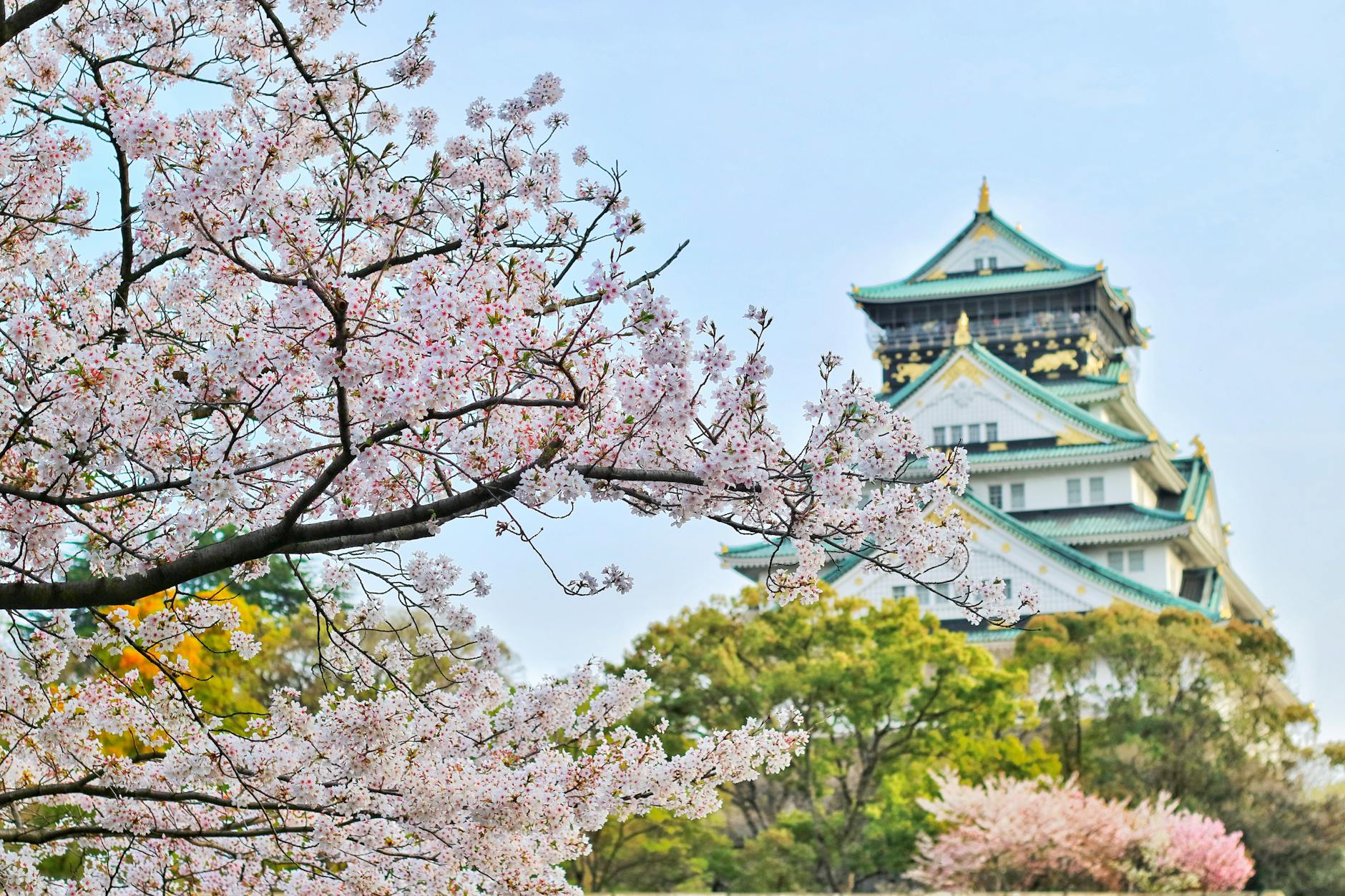A core practice of Buddhism is to take up good actions and to reject negative ones. On a spiritual level, this purifies karma and improves the chance of a prosperous rebirth. On a more practical level, taking up good actions and rejecting negative ones improves our relationships, our mood, and health.
But how does one apply this practice in real time? The answer is mindfulness, vigilance, and carefulness.
This practice or skillful means is introduced in Patrul Rinpoche’s Words of My Perfect Teacher text. They are defined as follows:
Mindfulness is awareness of one’s thoughts, feelings, and emotions. As an action it is not forgetting what to do and what not to do. Without mindfulness, our minds will be prone to irrational, emotional reactions. Here, our ability to name our mental states and emotions in real time becomes important. By naming our emotions, we gain power over them and can change them. In neuroscience, this represents top-down control over our more primitive emotional brains.
Vigilance is to make oneself examine one’s actions, words, and thoughts. It is the invisible action that follows from mindful awareness. Vigilance allows us to examine the past and present, and change our future actions. Vigilance helps us be more mindful, and reinforces what to do and what not to do. In a practical sense, it is restraint and action with purpose.
Carefulness is to exercise the utmost prudence in doing what is right and avoiding what is wrong. Carefulness and mindfulness walk together. As an inward action, it is to avoid negative emotions and self-defeating thoughts. As an outward action it is speaking and acting kindly.
Practical Example:
Jamie is the team leader for a team of presentation planners who work for a local health and welfare office. Each team member has been assigned an important piece of a shared presentation that is due today for review. When Jamie arrives at work on the morning of the deadline, they find that one team member’s portion has not been completed. Jamie experiences anger because she reminded this employee several times of the deadline and to reach out if for any reason they would not be able to finish. Jamie begins to write an email when they recognize their anger and negative thoughts (mindfulness). They pause, suddenly aware of how these feelings are being reflected in the email. Jamie remembers how writing an email while angry in the past led to negative effects (vigilance), and decides that an email might not be the best way to address this problem. Jamie deletes the draft email and decides to have a face to face meeting with the team member. While they meet, they are careful to speak kindly while addressing their concerns. They are also careful how they respond during the discussion, mindful and vigilant of the shifting landscape of their thoughts, emotions, and feelings.







